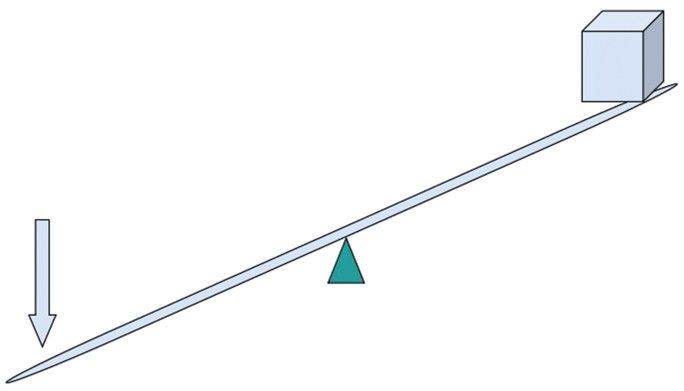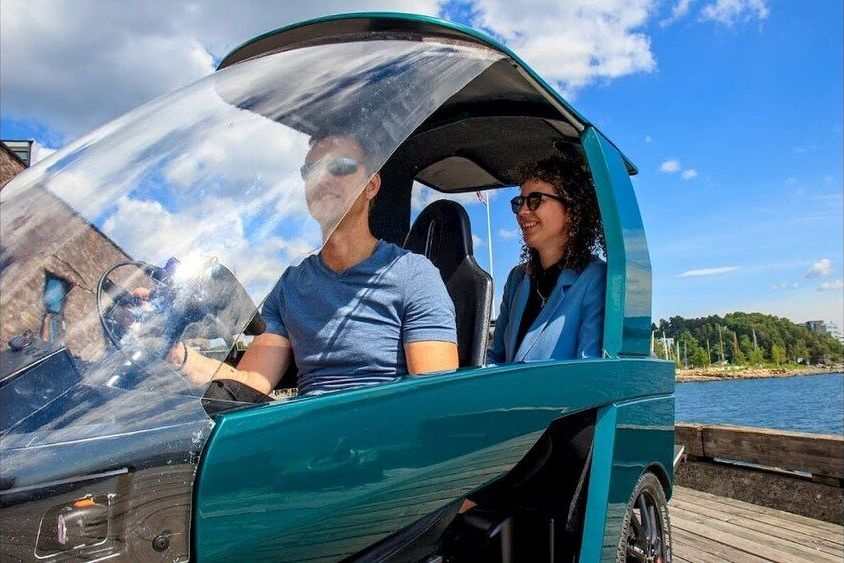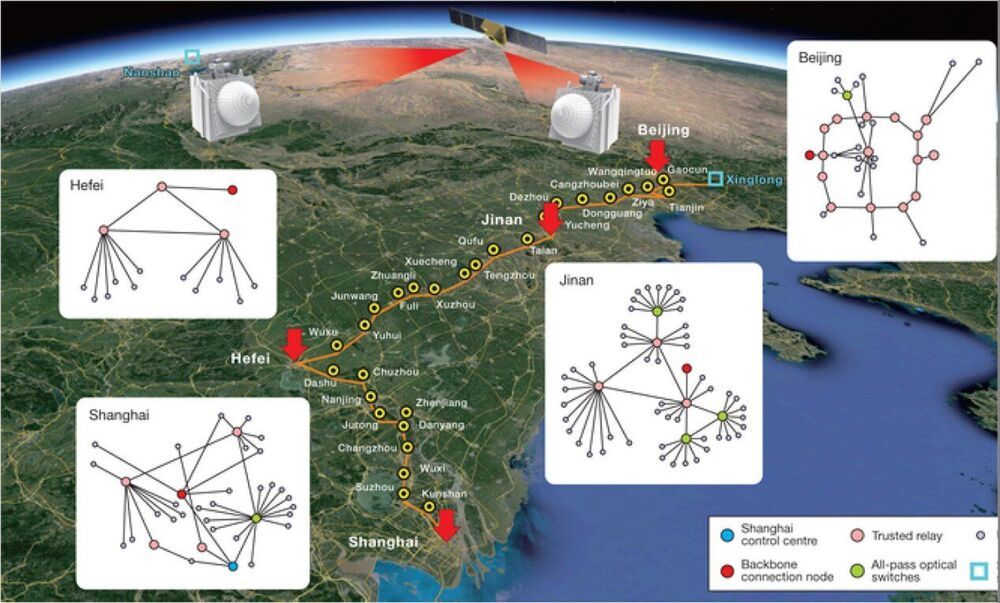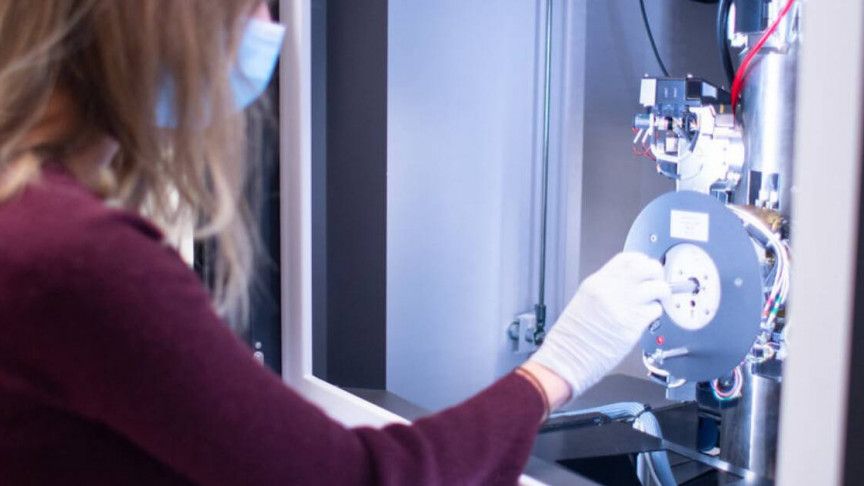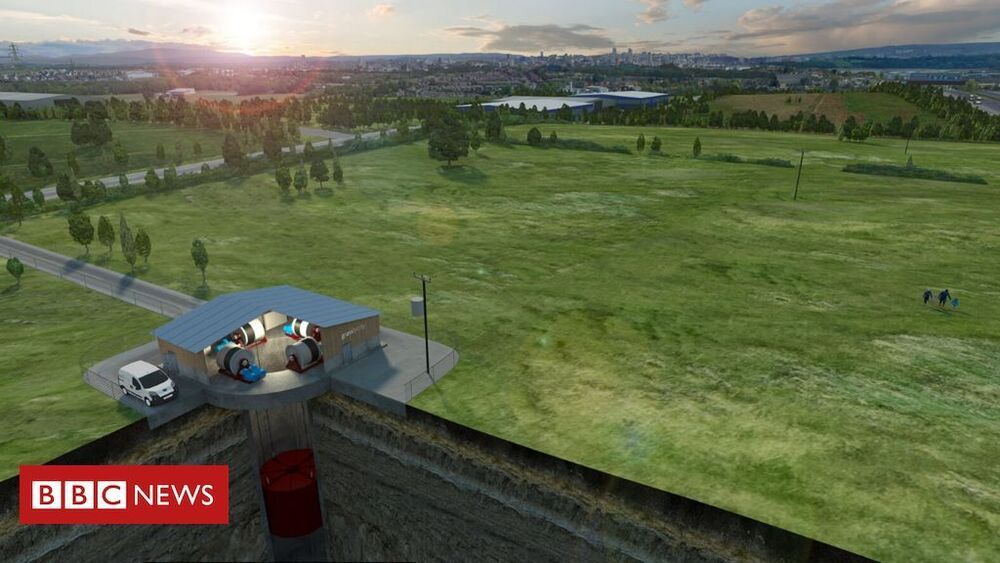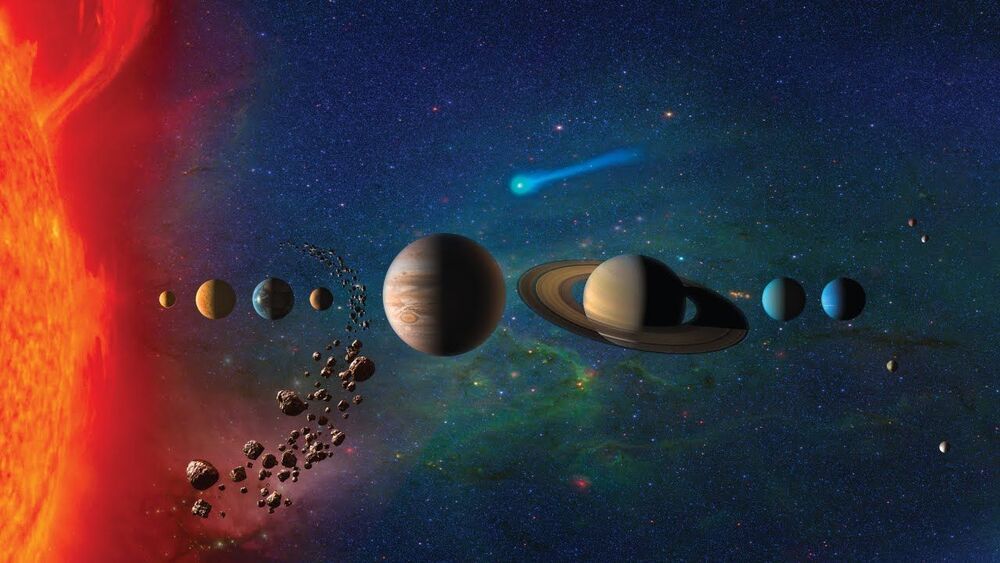Jan 10, 2021
Energy transmission using recyclable quantum entanglement
Posted by Quinn Sena in categories: energy, quantum physics
Circa 2016
It is known that faster-than-light (FTL) transmission of energy could be achieved if the transmission were considered in the framework of non-relativistic classical mechanics. Here we show that FTL transmission of energy could also be achieved if the transmission were considered in the framework of non-relativistic quantum mechanics. In our transmission protocol a two-spin Heisenberg model is considered and the energy is transmitted by two successive local unitary operations on the initially entangled spins. Our protocol does not mean that FTL transmission can be achieved in reality when the theory of relativity is considered, but it shows that quantum entanglement can be used in a recyclable way in energy transmission.
